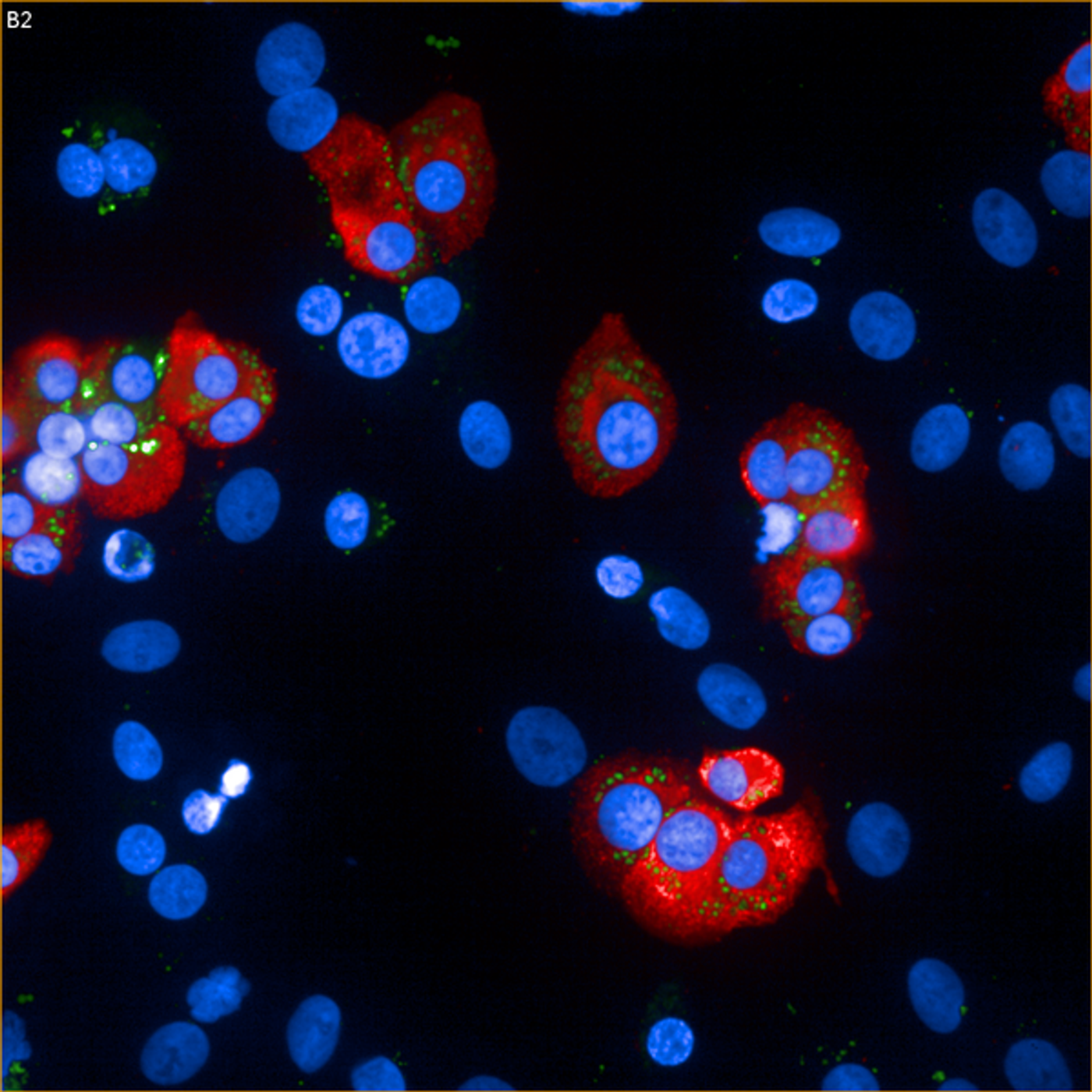"Death Receptors" Measure Risk of Heart Disease and Type 2 Diabetes
So-called “death receptors” found in the blood are predictive of an individual’s risk of heart disease and type 2 diabetes, according to a new study from Lund University published in the journal EBioMedicine.
TNFR-1, TRAILR-2, and FAS are all part of the death receptor family, members of which trigger apoptosis, a form of programmed cell death. They do so in response to stress experienced by blood vessels and beta cells, which produce insulin. This stress is a result of other risk factors associated with heart disease and diabetes, including high blood sugar and high blood fat.
"When the beta cells are damaged, the production of insulin decreases, which increases the risk of diabetes. The damage activates repair processes in the blood vessels. If these are not properly resolved, this usually leads to the development of plaque in the blood vessels,” explained study leader Jan Nilsson. “The formation of cracks in this plaque is the primary cause of [heart attack] and stroke."
Nilsson’s study asked this question: Can death receptors such as TNFR-1, TRAILR-2, and FAS predict the risk of heart disease and type 2 diabetes? The study also included an analysis of links between disease and other risk factors like age, BMI, blood pressure, blood fats and blood sugar. With 4,742 participants, the study successfully compared death receptor levels to the risk of diabetes, heart attack, and stroke.
For people who already had type 2 diabetes, researchers saw high levels of death receptors, which indicates “increased cell stress and risk of damage to different organs.” For people without a diabetes diagnosis but who still had high levels of death receptors, their presence indicated their elevated risk of developing diabetes and heart disease in the future.
Interestingly, one limitation of the study was that researchers could not use levels of death receptors to predict the risk of heart disease for people who already have diabetes, only for people without diabetes. “We don't yet really understand why, but it could be the case that the level of the biomarkers, i.e. death receptors, among diabetics is already very high,” Nilsson explained.
These findings suggest that a measurement of death receptors could be used to check the progress of existing heart disease or diabetes as well as to predict risk of future disease. “We could at an early stage get an idea of whether treatment of risk factors reduces damage to beta cells and blood vessel walls by monitoring the death receptors in the blood,” Nilsson said.
Nilsson and others hope that their findings could help with new clinical studies and future development of new drugs.
Sources: Lund University, Cell Signaling Technology









